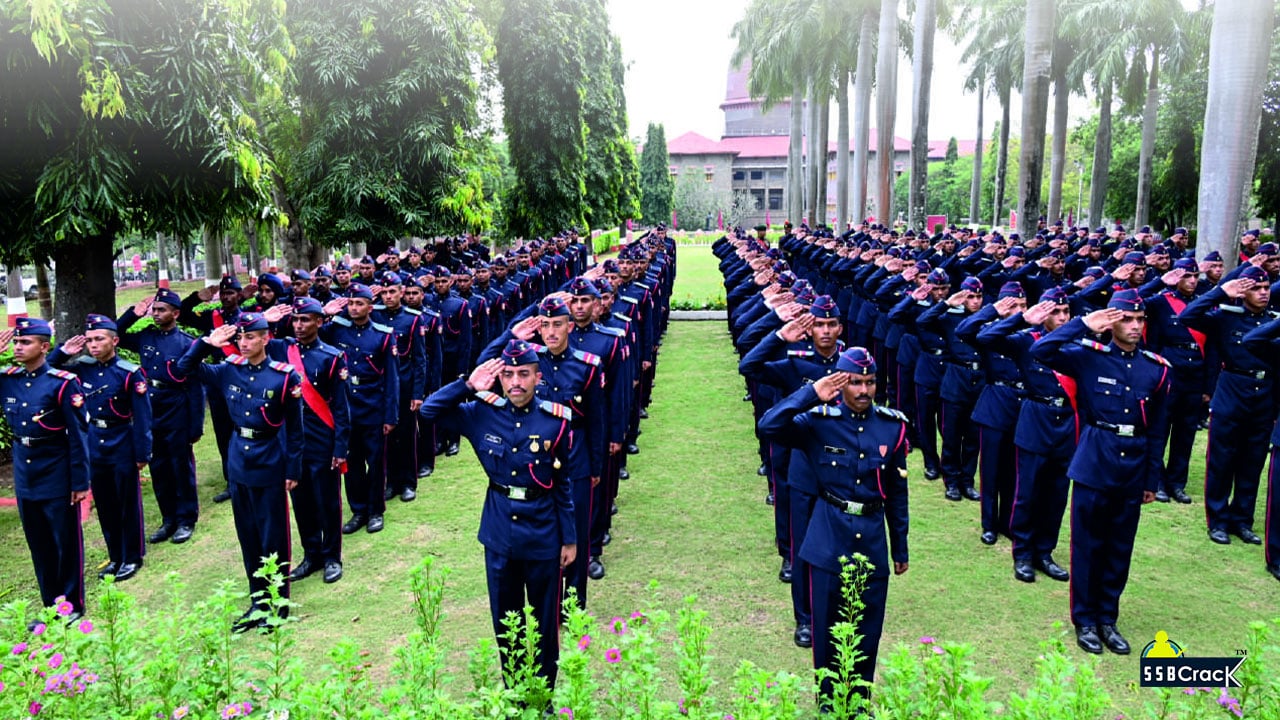Following the recent induction of INS Tushil into the Indian Navy, the country’s underwater combat capabilities are set to receive a substantial enhancement with the scheduled arrival of INS Vagsheer in January 2025. This vessel, designed as a hunter-killer submarine under Project 75, is expected to bolster India’s maritime strength and serve as a critical deterrent against potential threats from regional adversaries like China and Pakistan.
INS Vagsheer, named after the Sand Fish—a deep-sea predator—will reinforce India’s commitment to addressing escalating challenges in the Indo-Pacific region. China has been rapidly enhancing its naval forces, boasting three operational aircraft carriers and intentions to extend its influence throughout the Indian Ocean Region (IOR). As a countermeasure, India is actively expanding its own fleet of aircraft carriers and focusing on the acquisition of advanced submarines capable of neutralizing such vessels.
The significance of INS Vagsheer stems from its design and technological advancements that make it a formidable asset in naval warfare. As the sixth and final submarine in the Scorpene-class lineup developed under Project 75, Vagsheer features a diesel-electric propulsion system that allows for stealthy operations and precision strikes. It is capable of reaching speeds of over 35 km/h while submerged and approximately 20 km/h at the surface, enhancing its operational versatility. Furthermore, the submarine is armed with an array of weaponry, including torpedoes, anti-ship missiles, and can deploy more than 30 mines for diverse mission scenarios.
One of the remarkable attributes of Vagsheer is its anti-torpedo countermeasure system, enabling it to effectively evade enemy attacks. This versatile submarine is not limited to anti-surface and anti-submarine warfare; it is also adept at intelligence gathering, area surveillance, and mine-laying operations. With a length of 221 feet and a height of 40 feet, its compact design ensures a balance between stealth and powerful striking capabilities.
The development of INS Vagsheer forms part of a broader strategy initiated in 2005, when India entered into a collaboration with France’s Naval Group for the construction of six Scorpene-class submarines under Project 75. This initiative has taken place at Mazagaon Dock Shipbuilders Limited (MDL) in Mumbai, facilitating technology transfer and strengthening India’s indigenous defense manufacturing industry. The first submarine, INS Kalvari, was commissioned in December 2017, followed by a series of additional vessels, including Khanderi, Karanj, Vela, and Vagir. The impending induction of Vagsheer will mark the culmination of this critical phase in India’s submarine fleet modernization.
Looking ahead, the Project 75(I) initiative aims to develop six new submarines equipped with Air Independent Propulsion (AIP) systems, which will enable them to stay submerged for extended periods, significantly increasing their stealth and combat effectiveness. Additionally, the Indian government has approved the construction of two nuclear attack submarines (SSNs), further expanding its underwater capabilities.
The importance of AIP technology cannot be overstated. Submarines with this capability can operate underwater for long durations without surfacing, enhancing their stealth and operational effectiveness against threats, particularly from the growing Chinese naval presence in the Indian Ocean.
With its modernized submarine fleet and strategic acquisitions on the horizon, India is solidifying its status as a blue-water navy, capable of asserting dominance in high seas operations. The integration of INS Vagsheer and other advanced submarines will not only serve to safeguard India’s maritime interests but also act as a significant deterrent against the ambitions of rival nations in the region.












